Understanding pepper characteristics—heat level, flavor profile, aroma, texture, and color—is essential for choosing the perfect pepper for any dish. This guide explains these traits and provides practical tips for selecting, using, and storing peppers like a pro.
| Type | Best Uses | Heat Level (SHU) | Flavor Profile |
|---|---|---|---|
| Sweet Peppers | Salads, roasting, stuffing | 0–1,000 | Sweet, grassy (green), fruity (red) |
| Mild Heat | Salsas, tacos, fajitas | 1,000–5,000 | Grassy, slightly sweet |
| Medium Heat | Stir-fries, sauces, grilled dishes | 5,000–30,000 | Fruity, smoky |
| Hot & Spicy | Hot sauces, curries, spicy dishes | 30,000–100,000 | Tropical, citrusy |
| Super Hot | Extreme heat challenges, specialty sauces | 100,000+ | Intense, complex |
Heat, Flavor, and Aroma: Understanding Pepper Profiles
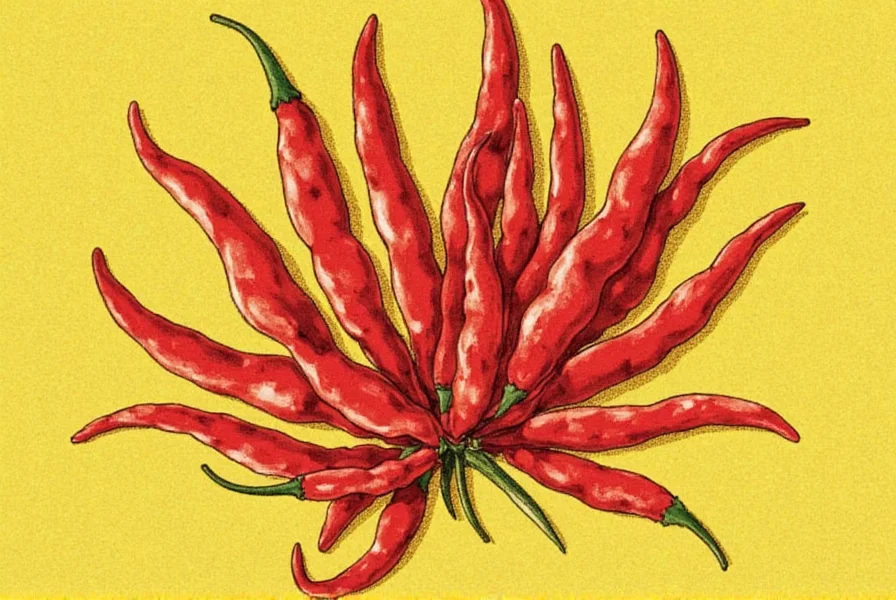
Pepper characteristics are defined by:
- Capsaicin: The compound responsible for heat (concentrated in ribs and seeds)
- Volatile oils: Create distinctive aromas like citrus in habaneros or smokiness in chipotles
- Sugars: Balance heat in ripe peppers (red peppers have 2-3x more sugar than green)
- Terpenes: Contribute floral or herbal notes
How to Choose the Perfect Pepper for Your Dish
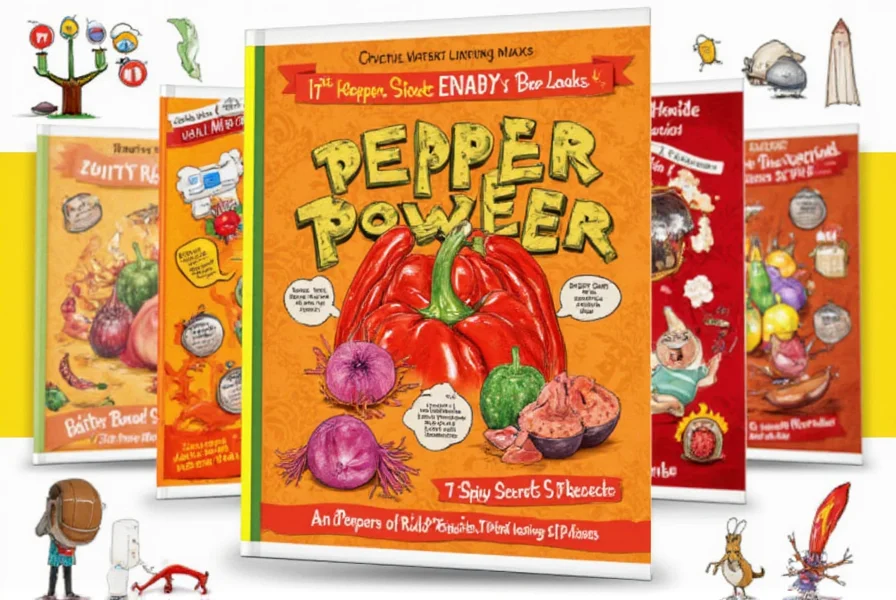
Match peppers to your culinary needs:
- For Mexican dishes (tacos, enchiladas): Jalapeños (mild heat) or Serranos (medium heat) for authentic flavor
- For Thai or Asian cuisine: Bird's eye chilies for intense heat or Thai peppers for balanced flavor
- For mild salsas and dips: Bell peppers (sweet) or Poblano peppers (mild heat)
- For hot sauces and spicy dishes: Habaneros (fruity heat) or Scotch Bonnets (similar to habaneros)
- For roasting and grilling: Anaheim peppers (mild) or Poblano peppers (great for chiles rellenos)
- For beginners: Start with bell peppers or banana peppers—zero heat, sweet flavor
Pro Cooking Techniques for Every Pepper Type
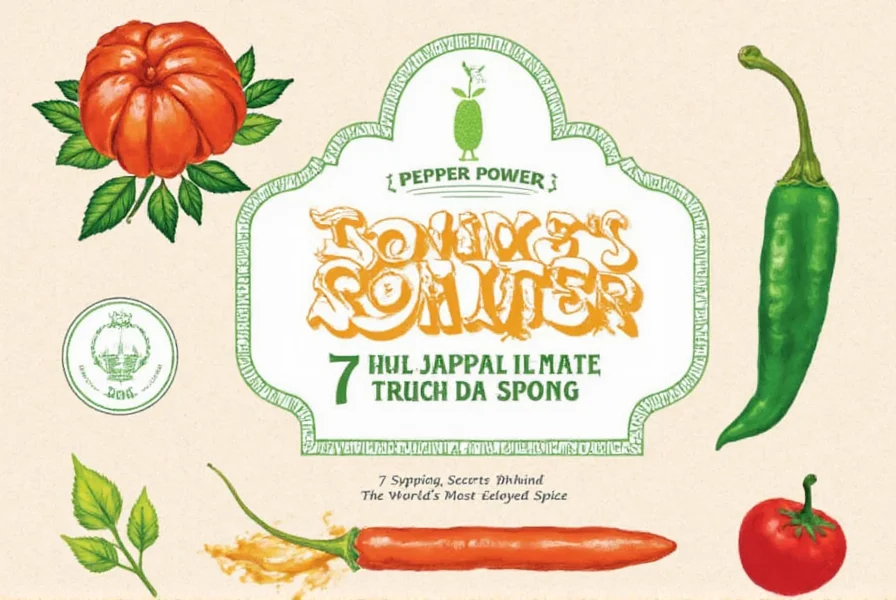
- For bell peppers: Roast whole over flame until charred, then steam in bag to peel skin easily
- For jalapeños: Remove seeds and ribs for milder heat, or leave intact for maximum spice
- For habaneros: Wear gloves when handling—heat can linger on skin!
- For drying peppers: String them up to air-dry, or use dehydrator for even drying
- For freezing: Slice and freeze on tray before bagging to prevent clumping
Keep It Fresh: Pepper Storage Like a Pro
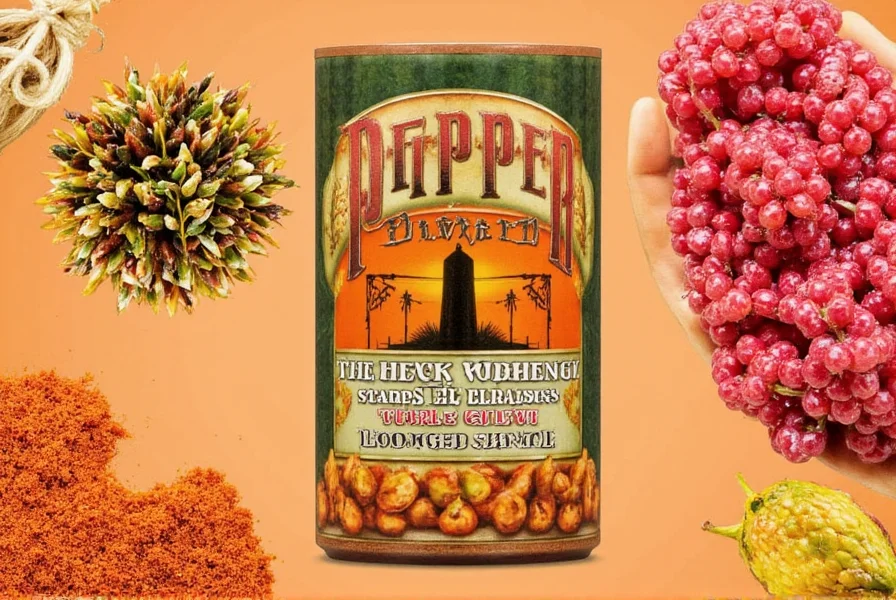
- Store whole, unwashed peppers in crisper drawer for up to 2 weeks
- Freeze whole or sliced in airtight bags for up to 6 months
- Dry them in oven or dehydrator for longer storage
- Make homemade hot sauce or pepper jelly for preservation
- Pickled peppers last for months in the fridge
Frequently Asked Questions About Pepper Characteristics
What is the mildest pepper for beginners?
Bell peppers are the mildest option with zero Scoville heat units. Banana peppers and poblano peppers are also great for beginners, offering mild heat (1,000 SHU or less) with sweet, earthy flavors.
How do I reduce heat without losing flavor?
Remove the white ribs and seeds where 80% of capsaicin resides, but leave the flesh intact. For peppers like jalapeños, blanching in boiling water for 30 seconds can mellow heat while preserving texture and taste.
Which pepper is best for salsa?
For authentic Mexican salsa, use serranos for medium heat and bright flavor. For milder salsa, choose jalapeños or even bell peppers. Habaneros add fruity heat for Caribbean-style salsas.
Why do red peppers taste sweeter than green ones?
Red peppers are fully ripe, developing higher sugar content and fruitier flavors. Green peppers are harvested early, resulting in grassier, more bitter notes. The ripening process also increases vitamin C content.
What pepper has the highest heat level?
The Carolina Reaper currently holds the Guinness World Record at 1.6+ million SHU. However, the Pepper X (not yet officially ranked) is rumored to exceed 2 million SHU. Always handle superhots with extreme caution!
Final Thoughts
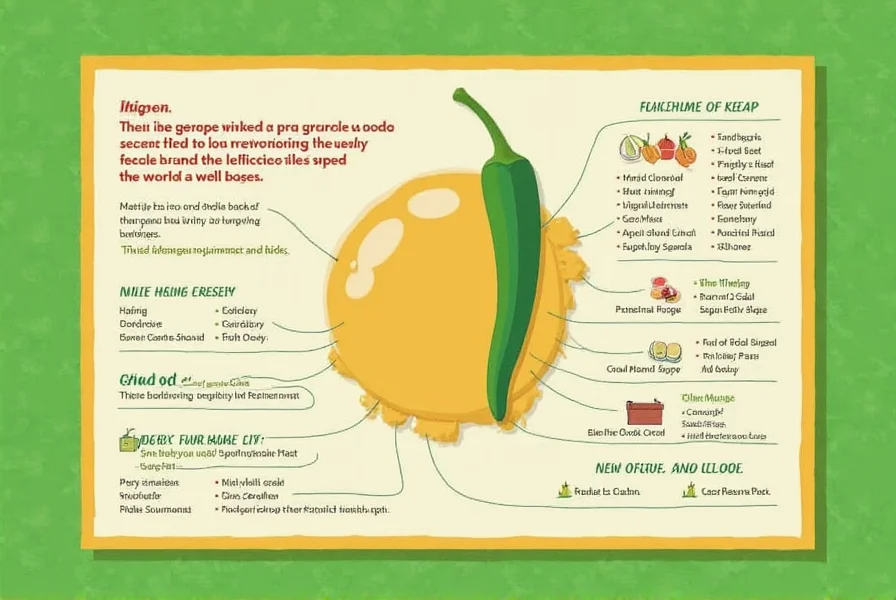
Whether you're making a mild salsa or fiery curry, understanding pepper characteristics ensures perfect flavor balance every time. With so many varieties to explore, there's always a pepper that fits your culinary needs perfectly.

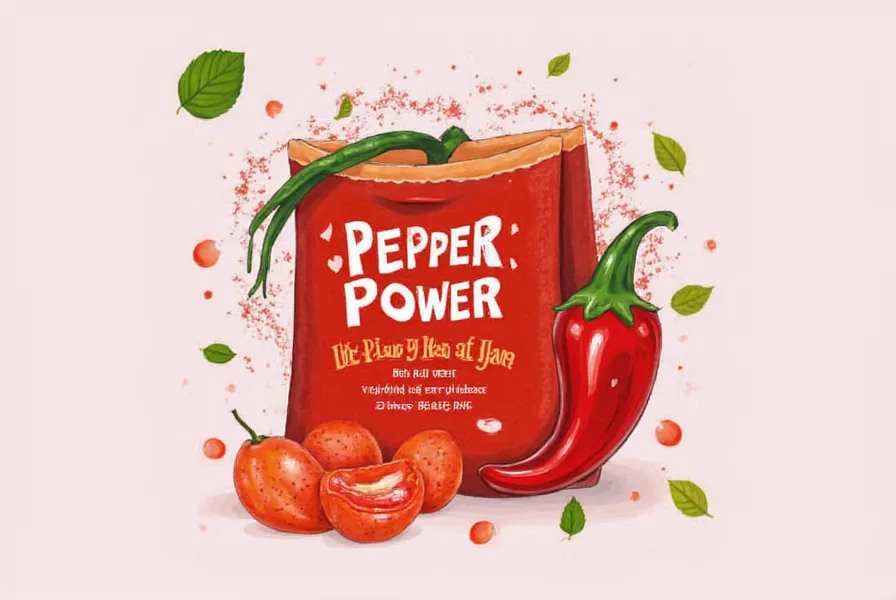









 浙公网安备
33010002000092号
浙公网安备
33010002000092号 浙B2-20120091-4
浙B2-20120091-4